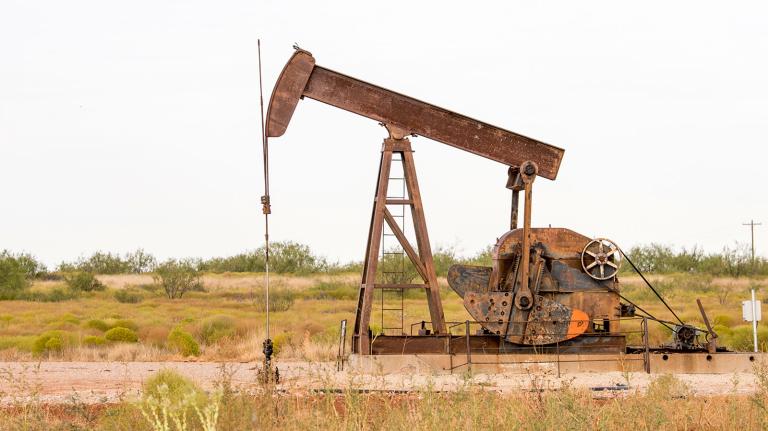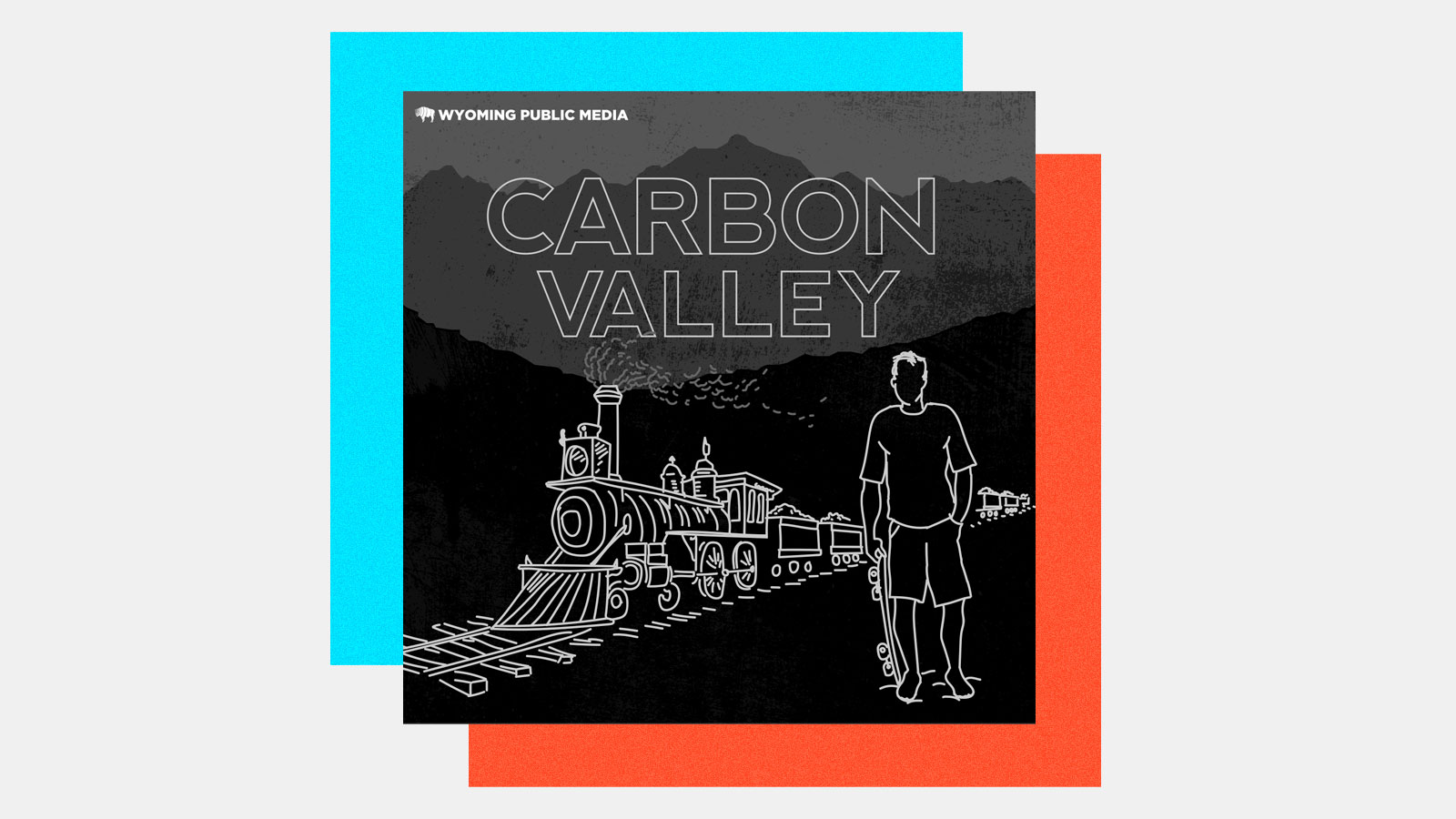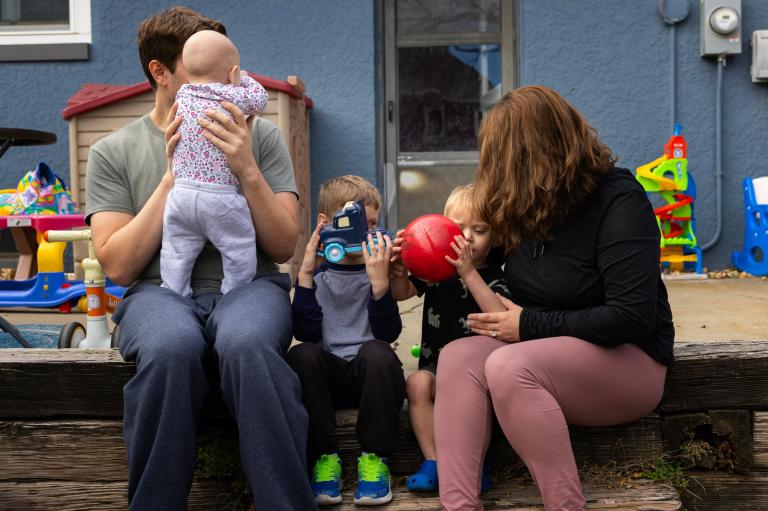This story has been updated.
Wyoming lawmakers are in the fight of their lives to make coal viable again.
The state relies heavily on revenue from the resource for much of its public spending, including education, law enforcement, and road maintenance. So far this year, Wyoming has passed a number of rules making it harder for utilities to shut down their coal plants. Governor Mark Gordon also approved a $1.2 million fund to sue other states that stop accepting electricity from those plants — or otherwise impede Wyoming’s coal industry.
These are just the latest in more than a decade’s worth of efforts and millions of dollars spent trying to prop up the dying industry. Many of those dollars have gone to one venture in particular: carbon capture technology, equipment that can divert CO2 from the smokestack of a coal plant in order to bury it underground or put it to use.
In 2014, Wyoming spent $15 million to build a carbon capture test center attached to a coal plant and lure a major competition, the Carbon XPrize, to use the site. A new, 9-part* podcast series from Wyoming Public Media called Carbon Valley follows the competition and probes deeply into a crucial question surrounding the state’s investment: Will any of this actually help people in Wyoming? Or will coal’s decline outpace the development of this nascent technology?
“For the past decade, Wyoming leaders have been pretty explicit about carbon capture as a potential way to offset the cost of a coal plant and keep them open,” Cooper McKim, the host of the series and an energy reporter for Wyoming’s only public radio station, told Grist. “And it’s a race, because they are closing really fast. And if too many close, then there really isn’t much use for Wyoming coal anymore.”
The Carbon XPrize, held by a nonprofit that organizes contests meant to speed up technological development, was devised to support the most promising ideas for turning captured CO2 into marketable products, like concrete or fuel. In 2019, finalists were brought to Wyoming’s new test center in the city of Gillette, where flue gas from a neighboring coal plant is piped into individual laboratories. For Wyoming, the hope is that creating demand for CO2 could make its coal plants more economic and bring new businesses to the state.
Teams competed for up to $8 million to convert the greatest amount of CO2 into the most valuable goods. The stakes were high, but significantly higher for Wyoming communities. Without coal mining and power plant jobs, cities like Gillette face dissolution. Gillette, which has been trying to market itself as “Carbon Valley” for several years, is currently paying a PR firm more than $16,000 per month to help it attract research, development, and commercial deployment of carbon capture and utilization, as well as new uses for coal itself.

In the first five episodes of the podcast, which is halfway through its run, McKim visits the test center, meets the XPrize contestants, and talks to former coal miners, local officials, state lawmakers, scientists, investors, and other stakeholders about the two central factors haunting the state’s prospects — money and time.
Supporters of carbon capture and utilization tell him it has high up-front costs, but trillions of dollars in economic potential. Some believe it really could save coal, while others suggest that in the best-case scenario, it helps to lower emissions before coal plants are gone for good. “We’ve got to at least try,” a Gillette county commissioner tells him, while acknowledging that carbon capture is not a silver bullet for his community.
But critics tell McKim that the technology is giving people false hope. Saving coal jobs is a short-term need, but carbon capture is a long-term bet. Rob Godby, a University of Wyoming economist, says that carbon capture might have helped the state if it had started working on it 10 years earlier, but Republican leaders wasted too much time denying climate change.
“If climate change doesn’t exist, there’s no justification to develop low-carbon technologies like carbon capture,” Godby tells McKim. “So in an ironic way, the Republicans killed carbon capture as much as anybody else.”
Then there’s the question of whether carbon capture is inherently helpful for tackling climate change. McKim told Grist he would often hear proponents of carbon capture say that the technology is a necessary tool for reducing emissions, citing the Intergovernmental Panel on Climate Change, without acknowledging that it doesn’t always provide a net benefit for the atmosphere. For example, when the equipment is powered by fossil fuels, it may not actually result in an overall reduction of emissions.
The main character of the series is an XPrize contestant named Jason Salfi of Dimensional Energy, a startup trying to turn captured CO2 into jet fuel. Salfi, a former skateboard company owner and staunch environmentalist, takes pride in the fact that his tech is the only one in the contest that runs on solar power.
McKim makes the podcast personal, tracing a parallel story of his internal experience grappling with whether this technology could ever pan out for Wyoming — or for the climate. “We’ve heard yes, no, yes, no… it will… won’t… help coal,” he says in one episode. “Here’s what I’ve found: If you want to find a certain answer, you probably will.”
“I wanted myself to be a character in it,” he told Grist. “I thought humor, and adding my own vulnerability, was a way to show that, you know, I’m in this just as much as anyone else.”
The series does not seek to explore the viability of carbon capture in contexts outside of Wyoming’s coal industry, which has been the subject of much debate since Joe Biden stepped into the White House. The question of whether the technology should be part of his clean energy plans has been dividing climate experts and activists alike.
Opponents argue that it won’t reduce the harmful soot and chemicals that power plants and other polluting facilities release into disproportionately Black and brown communities. It also won’t address all of the greenhouse gases emitted when fossil fuels are extracted and transported.
Some advocates of the tech assert that its most vital application is in industries like steel and cement, which can’t easily be powered by solar or wind energy, and release CO2 from chemical reactions in addition to the emissions from the combustion of coal or natural gas.
But in this larger debate over carbon capture, few favor its use on U.S. coal plants, which already cost more to run than natural gas plants and renewables without the addition of expensive new equipment. At least, few outside of Wyoming.
In a particularly personal episode in the series, McKim compares Wyoming’s attachment to its coal-based economy to his own grief after his father passes away. “Wyoming is in the shock and denial phase,” he says, “but now that shock’s turned into law, and there are very real efforts to stop this transition that’s happening at a global level.”
*This piece has been updated to reflect that Carbon Valley is a 9-part podcast series. An earlier version of this post stated that the series would have 10 parts.




